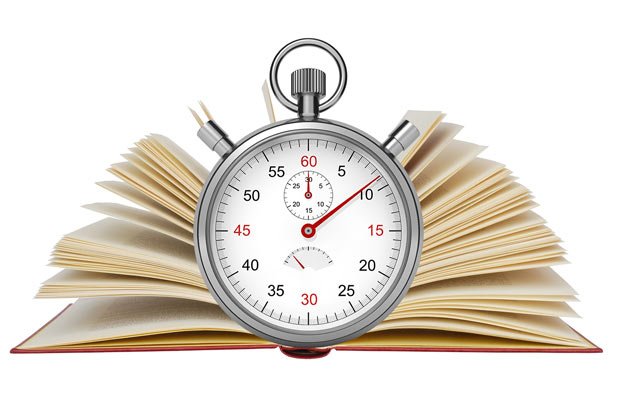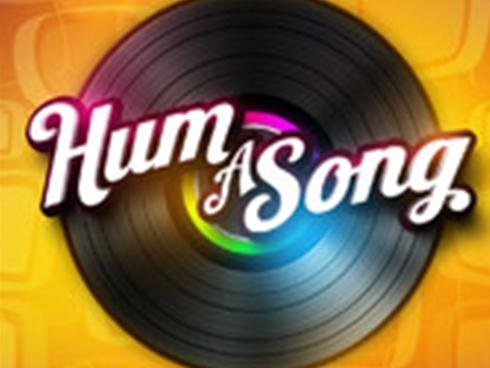
If you are looking for a great way to improve your productivity think about speed reading.
I don't know about you but I spend a lot of time reading every day, everything ranging from news papers, blogs, Steemit all the way to mundane things like ingredients in the supermarket and train schedules. With all that reading everyday I like to do it quickly.
These are some of my tips for increasing your reading speed while maintaining a consistent level of comprehension. A lot of these tips are for beginners, think of them as training wheels that you will be able to remove after you've had some practice.
Turn off the voice in your head
This "tip" is actually the core principle of speed reading. It's hard to do but comes with practice. You need to turn off your inner narrative and allow the words to flow in without sounding them out in your head and definitely not sounded with your lips. This inner narrative and sounding out each word is actually the bottle neck for reading speed. We are capable of reading faster than than our inner monologue can make the sounds.
The technical term for that voice we all have in our heads is subvocalization.
From Wikipedia:
Subvocalizing in style 1 or 2 are essentially the same. Both are extremely common in older readers who were trained before modern reading teaching systems were put in place. These patterns of reading warrant remedial reading training. They tend to place an absolute limit on reading speed in the neighborhood of 100 to 150 words per minute. These readers wait for the sounds of words to complete before moving to the next word. These readers will make many eye fixations upon each word, and often have a tendency to focus their attention on the sounds of the words rather than their meaning. This habit of reading essentially clogs the cognitive faculties of the brain with the labor of saying words to oneself. In many cases people who subvocalize using system number 2 are not identified by reading teachers, whereas those who read by mouthing the words visibly are quickly spotted. People who read using number 2 often go through life avoiding reading and getting poor grades in school because of their poor reading ability.The goal of speed reading is to read rapidly. Speed reading courses generally introduce exercises to teach readers to read in a manner that suppresses type 1 and 2 subvocalizations. Most speed reading classes, thinking, and systems date back to the 1950's and 1960's when the term "subvocalization" as was used in these courses was intended to refer primarily to type 2 above.

Hum a familiar tune
This is building on the previous tip. Humming a familiar tune while you are practicing speed reading can help drown out that ever limiting subvocalization. Just give it a try while you are reading to see if it helps you. I actually found this distracting and had a harder time reading when I was humming. I am however including this tip because after mentioning it to a few friends they reported great success so I've concluded it is useful for some people.
If you find the humming to be a distraction you can just drop it. It should make it easier not harder.

Use a ruler
You could spend money on a fancy reading ruler set with different size transparency and lines on the plastic or you can just do it the old fashioned way with an actual ruler or a piece of cardboard. An extra piece of blank paper can help too. The idea is to hide the words below so you aren't distracted. You should be trying to read the whole line or as much of the line as possible at the same time in your mind. Don't worry if you can't read a whole or half a line in one mind gulp. It will come with time. Start with three or four words and work up to to the whole line. Try sliding the ruler down at a slow but steady pace to start. This process really helps with training your eyes to scan the whole line as one. Speed up the the speed of the ruler as you get better but try and always keep it a steady speed.

Use a pointer
Much like the tip before this there is a solution that costs money or you can be cheap. Either option is just as effective I've found. You can pay for a reading pointer that looks like a finger or just use your own finger. You can use a pointer in conjunction with a ruler or on it's own. The key is to keep the pointer moving at a steady speed. Start slow and work your way faster as you go. Try and digest as many words at the same time as possible.

Use software
There is great software out these days that can help you digest your digital content quicker. This isn't quite the same as speed reading on paper. The software will take in text input and output it one word at a time sometimes with emphasis and positioning for superior digestion by the eyes. The software allows you to speed up or slow down. Some people don't like using this software because it can be difficult to go back and retrace what was printed compared to just looking back a line in a book.
You can use speed reading software on desktop or mobile these days. Two of the many free speed reader apps are Spritz and Spreeder. Don't be afraid to look around for one that you prefer there are quite a few options out there now.

Dont go too fast
Don't go past your limits. There is no point. With speed reading there is always a trade off with your ability to comprehend and then retain what you read. The faster you go the worse that you can understand and remember. You have to find that sweet spot where you can be somewhat comfortable and aren't pushing to go too fast. You will just end up having to reread it and will eat up more time by the end of the day.

Practice
Practice makes perfect. You can't reach your personal best overnight, speed reading is about practice. Everytime you do it you'll notice yourself getting just a little faster and maintaining comprehension is paramount. Try using these techniques as often as possible.
